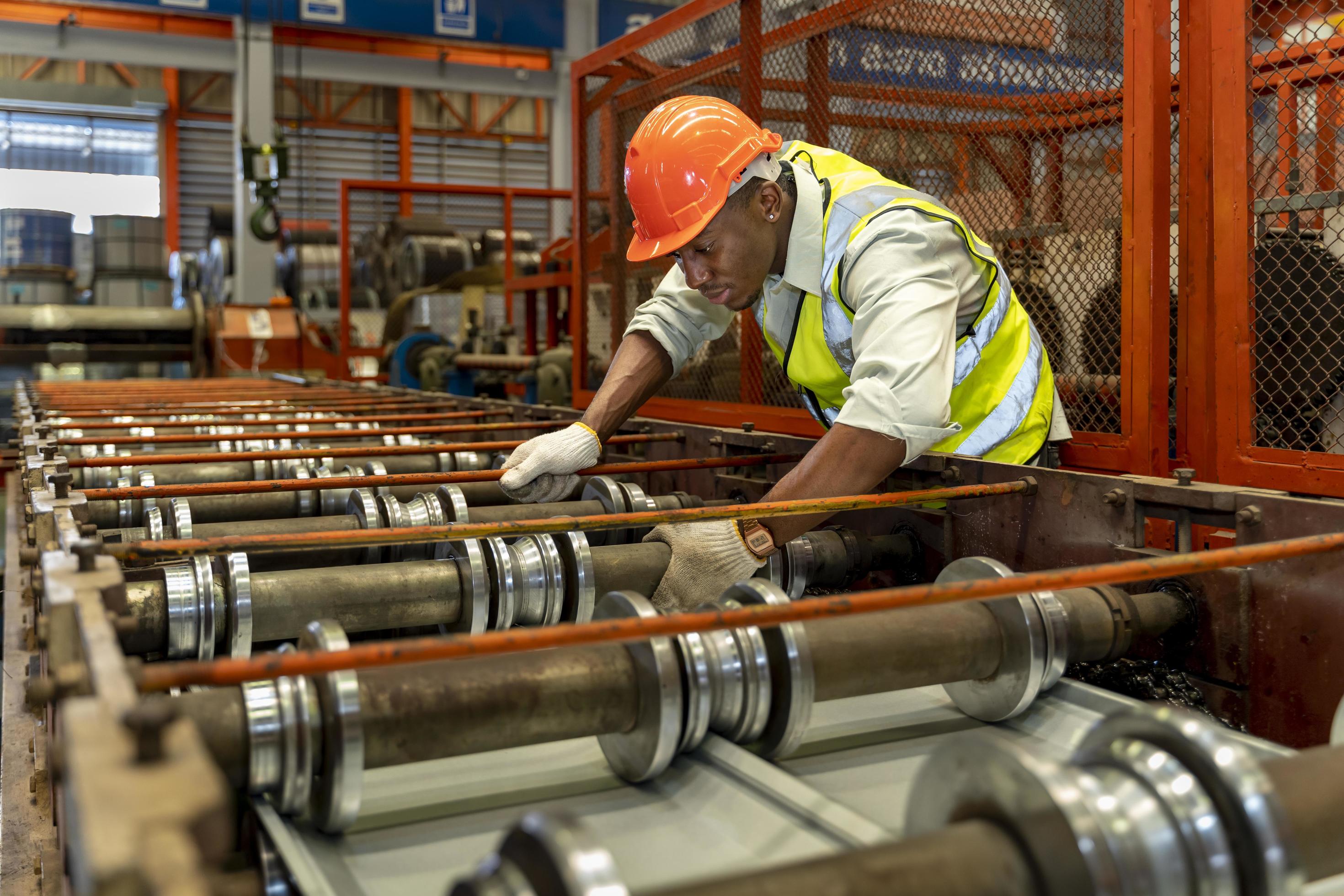
As a training ground, the oil and gas industry of Pakistan offers entrants plenty of scope for learning their trade, as Alan Swaby discovers.
Try as it may, the Pakistani oil and gas industry has yet to hit the big time. The first oil well was spudded a century and a half ago and there has been no shortage of exploration since then. Part of the problem is that there seems to be more gas than oil in Pakistan; and it was only in the last three to four decades that the demand for gas picked up.
“There was a lot of exploration by foreign companies in the 1960s,” explains Aftab Ahmad, executive director, Strategic Business Planning department, OGDCL, “but when they found they couldn’t sell the gas they discovered at that time due to market constraints, one by one they drifted away.” This is where OGDCL stepped in.
The roots of OGDCL go back to 1961 when a loan of 27 million roubles from Moscow financed the state owned corporation’s exploration plans. Although many fields have been found, by international standards none of them are particularly spectacular. Nevertheless, OGDCL is the largest of all Pakistan’s producers, with sales last year of €1.25 billion. As of last year, it also held the largest reserves of recoverable hydrocarbons, namely 36 per cent of gas and 45 per cent of oil. In terms of production, OGDCL contributed 21 per cent of Pakistan’s natural gas production and 54 per cent of its oil. However, with the country consuming 383,000 barrels per day and the whole of Pakistan’s production combined amounting to 61,670 barrels per day, the country’s energy needs are well and truly in deficit, which provides incentive for E&P companies operating in Pakistan and also to the new entrants to work towards bridging this gap.
In 1989, the status of the business was changed from that of state corporation to self funding company, albeit with the government as major stakeholder. In 2003, OGDCL was listed on Pakistan’s three stock exchanges when the government sold five per cent of its holdings through an IPO. Three years later it went public in London through listing of its global depository shares (GDS) and last year another tranche of shares were offered, largely to the 10,000 plus employees, to the point where the government now holds around 75 per cent of shares.
Since the corporation was set up with the Russian loan and initial professional expertise came from Russia, OGDCL adopted the Russian model of self sufficiency, made possible through the purchase of Russian made equipment. As such, it has an impressive collection of equipment for both exploration and well drilling. In total it can field five separate, well-equipped seismic data acquisition teams. Back at base there is a team of 20 highly skilled data analysts, some with 30 years’ experience of seismic data processing.
Once guided by the seismic data, OGDCL has seven well drilling teams able to operate in shallow depths to 2,500 metres and in deep areas down to 6,000 metres. “Having so much of our own gear,” says Ahmad, “means that we can prospect where others are less willing to go. Yet despite the geological challenges, OGDCL’s finding costs of less than $3 per barrel and finding plus development of less than $6 per barrel are the lowest among its peers.”
There are more than 50 OGDCL operated fields and 37 joint venture fields being managed throughout the full extent of the country, to process the mix of both oil and gas being extracted. OGDCL therefore has enormous amounts of capital tied up in 16 plants around the country, calling for a variety of processes to be used such as gas dehydration, gas sweetening, dew point control, LPG/condensate fractionation and liquid recovery, essentially dictated by the peculiarity of the reservoirs to be produced.
Everything about OGDCL’s operation means that the workforce is one of the most experienced and skilled anywhere. However, this is something of a double edged sword. “The great variety of terrain,” says Ahmad, “and the range of hydrocarbon types we handle gives our people the most well rounded training possible. Not surprisingly, many of the best workers have been lured away, not only by other Pakistani operators but to oil exploration centres around the world, and with their performance they work as our ambassadors. However, the attrition is well within the normal range.”
An impediment which has held OGDCL back in achieving its targets has been the energy sector circular debt which essentially has arisen due to non-payment of electricity buyers and their distribution companies. All along the supply chain, companies are being short changed. “Many companies have to resort to borrowing to run their business,” says Ahmad, “simply to stay afloat. So far, we have been able to avoid borrowing but of course, it means that our exploration programme is being held back as we have to direct reserves into day-to-day working capital.”
OGDCL’s role as one of the top corporate givers is recognised and acknowledged by the communities in which it operates—over 60 locations nationwide, in all four provinces of the country. Be it a programme as unique as preserving the habitat of the blind indus dolphin, or partnering with the World Bank as a major donor, OGDCL is always willing to lend a helping hand.
As a responsible member of the corporate community, OGDCL also makes an effort to relate its community development initiatives to the Millennium Development Goals. In other words, its CSR efforts are directed towards eradicating extreme hunger and poverty, reducing child mortality, improving maternal health, ensuring environmental stability, empowering women and promoting education. www.ogdcl.com












